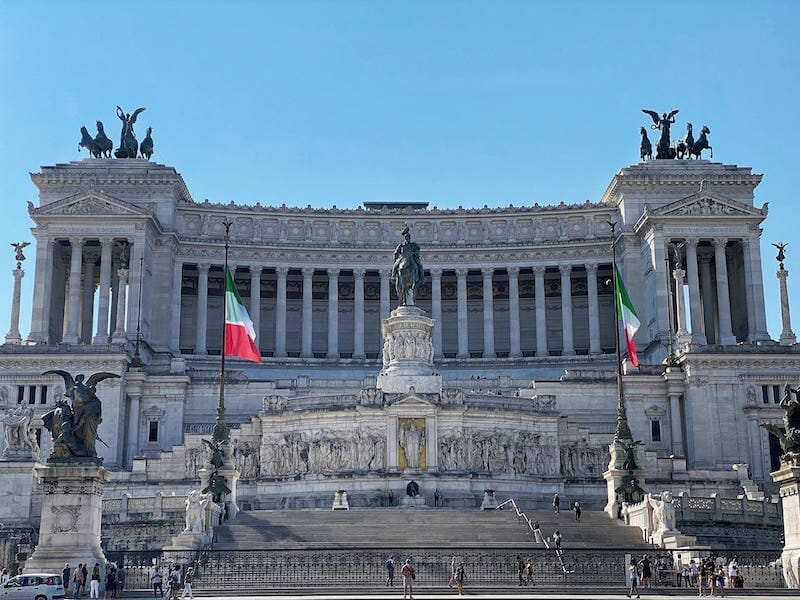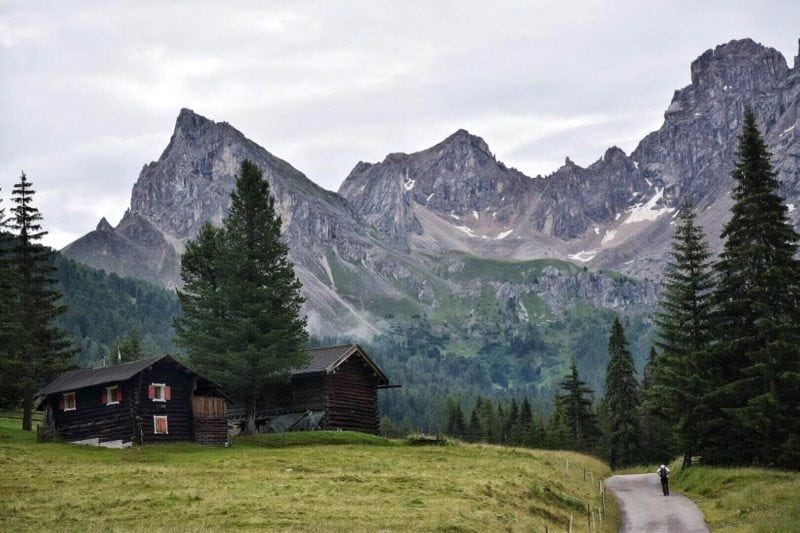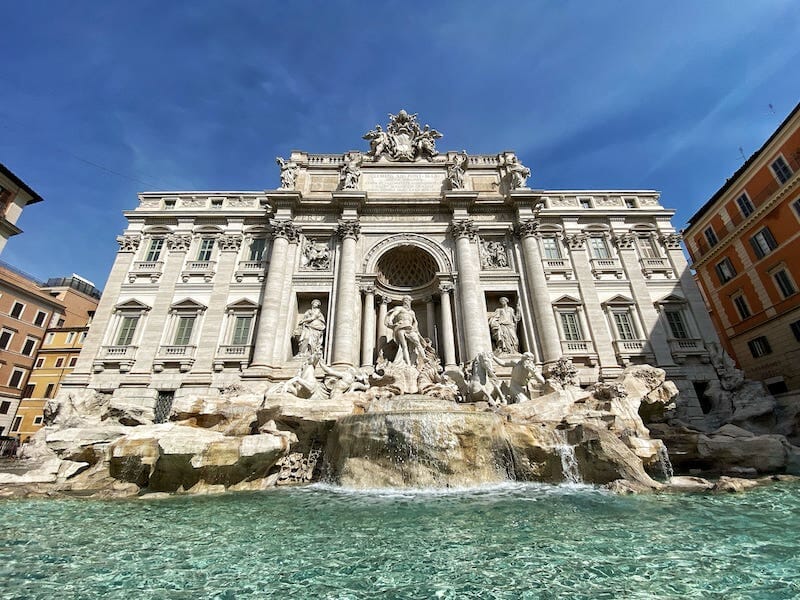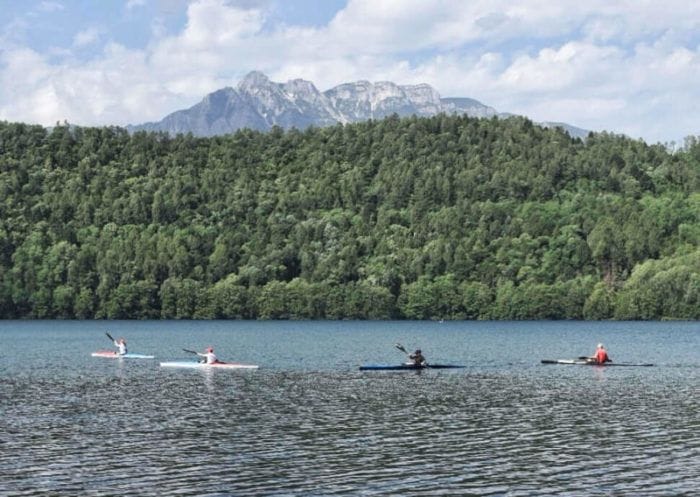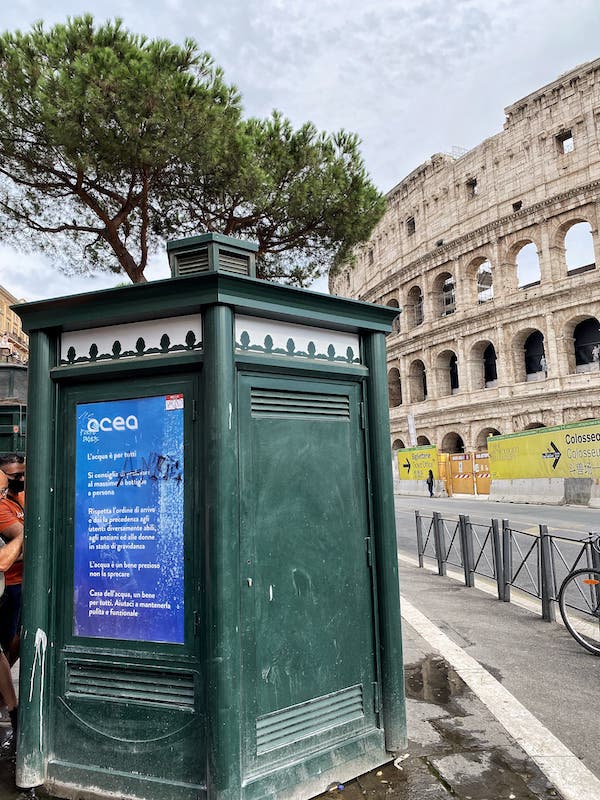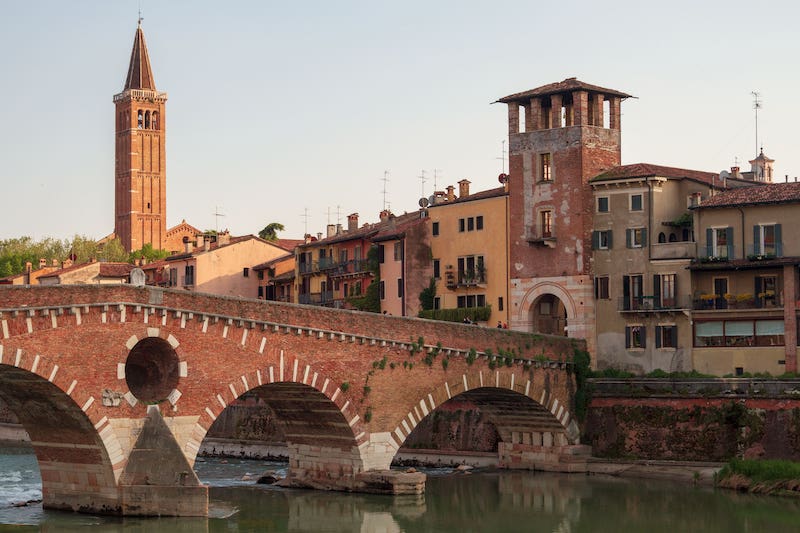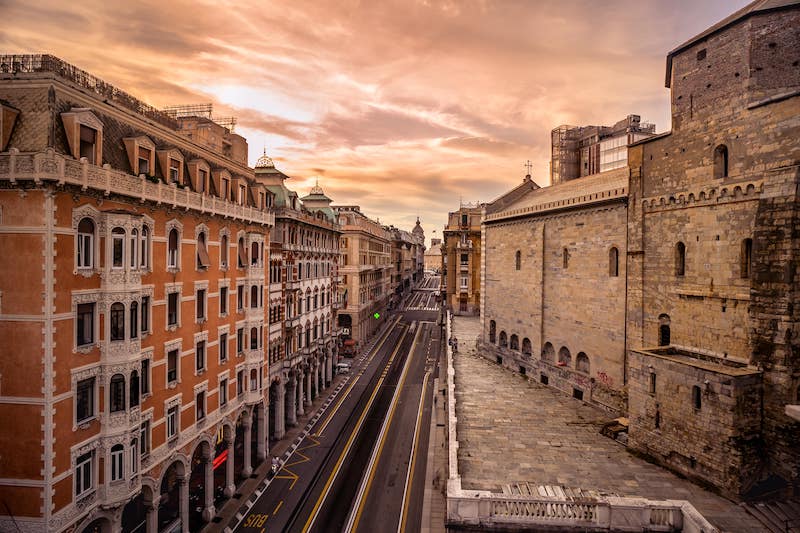There are some facts about Italy you probably already know and others you have likely never heard of. A favorite tourist destination for many, the country I call home truly has a lot to offer.
On any trip to Italy, you’ll marvel at the archeological sites and the art, lose yourself in the pristine nature of the Alps, relax on the stunning beaches, gain weight with all the delicious food, and learn to appreciate the local culture.
If you are preparing your trip to Italy, you’ll be happy to read this selection of the most interesting facts about Italy—as told by a local!
Make sure to also read my posts What To Do And What To Avoid When Planning A Trip To Italy and The Best Local Travel Tips For Italy.
The Most Interesting Facts About Italy
Italy didn’t become a country until 1861
That’s right. Before the unification in 1861, Italy was a collection of different nations, including the Kingdom of Naples, the Papal States, and republics like the Republic of Venice and Republic of Genoa. Of course, Italy had been unified before, around the third century BC, under the days of the Roman Republic. But after the fall of the Western Roman Empire, things got a bit complicated, and the Italian peninsula was governed by various different powers.
The unification of Italy, known as the Risorgimento (literally “Rising Again”) in Italy, took decades to complete once it began in the early stages of the 19th century. Italians celebrate the unification of Italy every 50 years after its completion on the 17th of March.
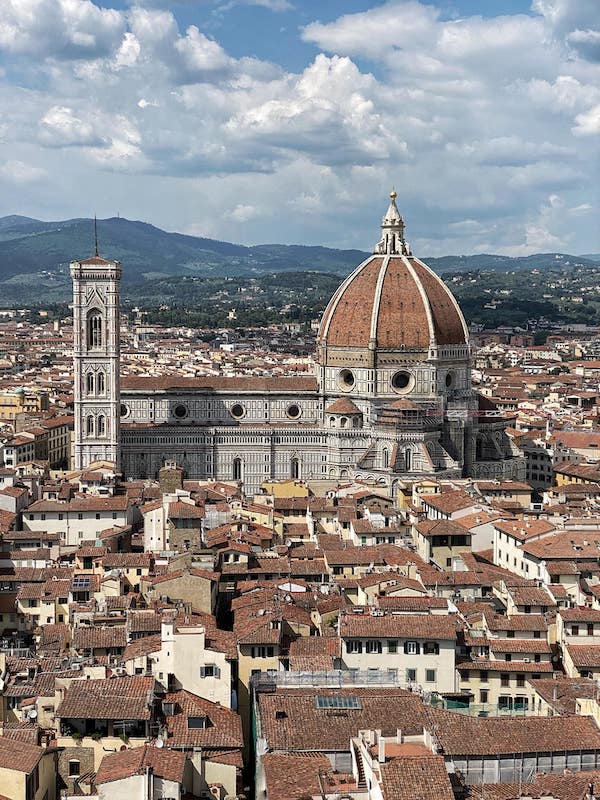
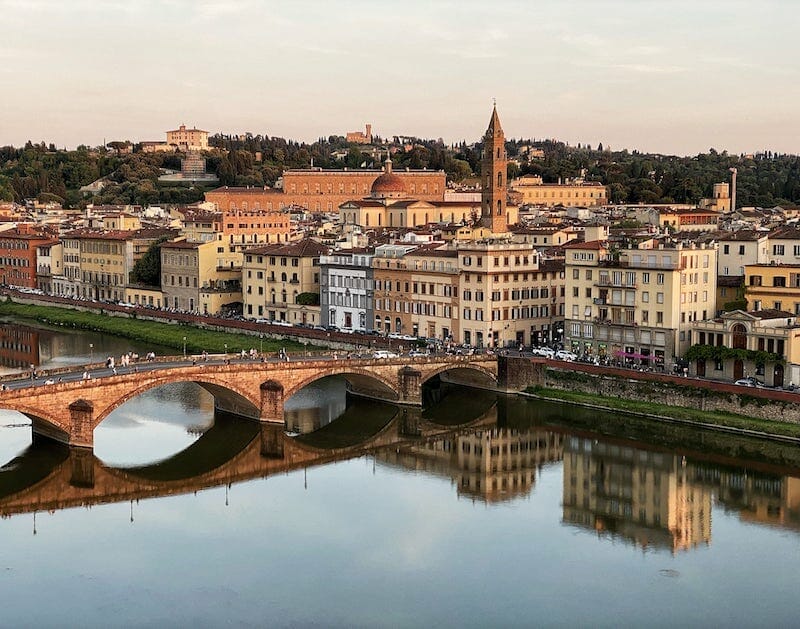
Italy boasts 20 regions
Due to the centuries of non-centralized power in the Italian peninsula, many different independent regions were able to flourish as independent powers. From Tuscany and Emilia-Romagna to Veneto and Lazio, there are 20 regions in total that make up modern day Italy.
The various different regions have their own identities. Their history has been shaped differently to that of even places neighboring them, resulting in their own cultures and in some cases their own very distinct dialects – languages in some instances (see below).
The regions each have a capital city (for example, Florence is the capital of Tuscany), while the regions are further subdivided into provinces. Oh and let’s not forget the fact that there are five autonomous regions, Sardinia and Sicily being two of them.
Italy has 12 officially recognized minority languages
One of the facts about Italy you may not know is that Italian isn’t the only spoken language. I am not talking about dialects, here. I am talking about languages proper, which have been also codified.
Italian is known the world over and it indeed the official language of the country. This Romance language developed from Latin, which spread throughout the Roman Empire, influencing many other European languages such as French, Portuguese and Spanish.
But it may surprise you to learn that Italian is not the only language spoken in the country. In fact, Italian is actually derived from the Tuscan dialect. There are many others besides, some of which form part of the 12 officially recognized minority languages – and they’re not just Latin-based, either: Sardinian, Ladin, Friulian, Occitan, French and Franco-Provençal as well as Catalan, Slovene, Croatian, German, Greek, and Albanian.
Most of the non-Italian languages in Italy are based on different branches of Latin, evolving into languages that predate the evolution of Italian as the established official language of the country. Even though these come from Latin, and are at their root similar to Italian, they can be very different.
The Friulian dialect, for example, features some Celtic, Germanic, and Slavic influences, while Ladin – as you can tell from the name – is a Romance language similar to Swiss Romansh. Sardinian is the language that has remained the closest to Latin and in some instances may remind you of Spanish too.
Other than the 12 officially recognized minority languages, many more are spoken in Italy – for example Romanes, the language spoken by the Roma community.
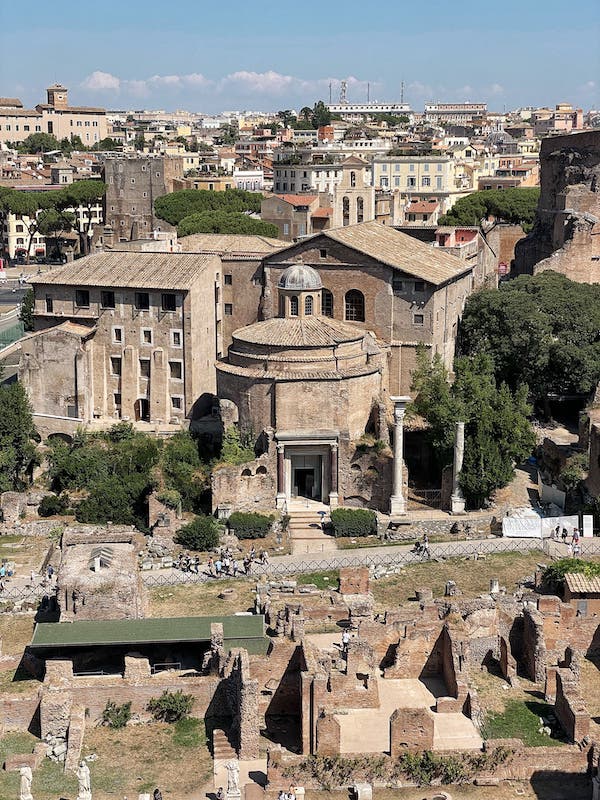
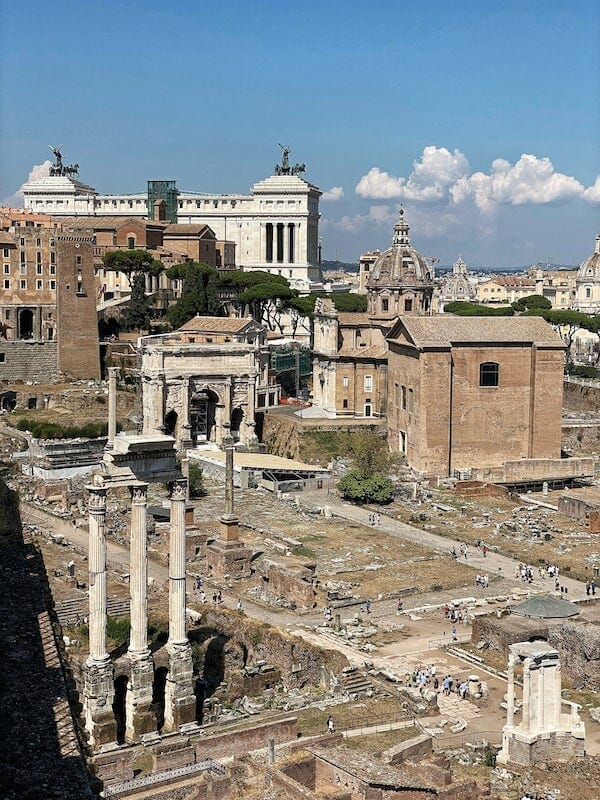
Rome is the capital
Rome is the capital of Italy, but centuries ago it was also the capital of the Roman Empire. It was founded, according to tradition, on 21st April, 753 BC. The actual origins of the city of Rome are shrouded in myth, but the story usually goes that it was founded by the twin brothers, Romulus, and Remus.
Rome is often cited as the first true metropolis and has often been called the “Eternal City” – but that’s not a new nickname. In fact, it was dubbed this in the 1st century BC by Roman poet, Tibulus.
But the financial center is Milan
Even though Rome is so important, Milan takes the crown as being modern day Italy’s financial hub. Though it has a lot of history itself, beginning as a Roman city called Mediolanum, it’s a contemporary cosmopolitan city, which is now the wealthiest in the country.
Milan is known the world over for its shopping and as being the center of fashion in Italy; this is where Milan Fashion Week takes place, after all. Milan’s financial center features innumerable skyscrapers, the tallest being the Unicredit Tower at 231 meters (757 feet) tall.
The Italian currency is the Euro
Travelers to Italy before 2002 would have been well accustomed to using the Lira during their trip, which was first adopted at the time of unification 1861. However, in 2002, along with other countries of the European Union, the Italian currency was changed out with the Euro. If you’re arriving from somewhere like France or Spain, you won’t have to worry about changing currency, since you’ll be using the same Euro.
How much money does the Trevi Fountain make in a day?
With all the hordes of tourists crowding around the iconic Trevi Fountain to throw coins into it, it’s not surprising that those coins add up to a hefty sum. In fact, it’s estimated that around €3,000 on average is thrown into the fountain every day! Over any given year, this can really accumulate; for example, in 2016 that number was €1.4 million. The money goes to charitable causes, and it is illegal to take coins from the fountain.
Head over to my post What You Need to Know About The Trevi Fountain, Rome.
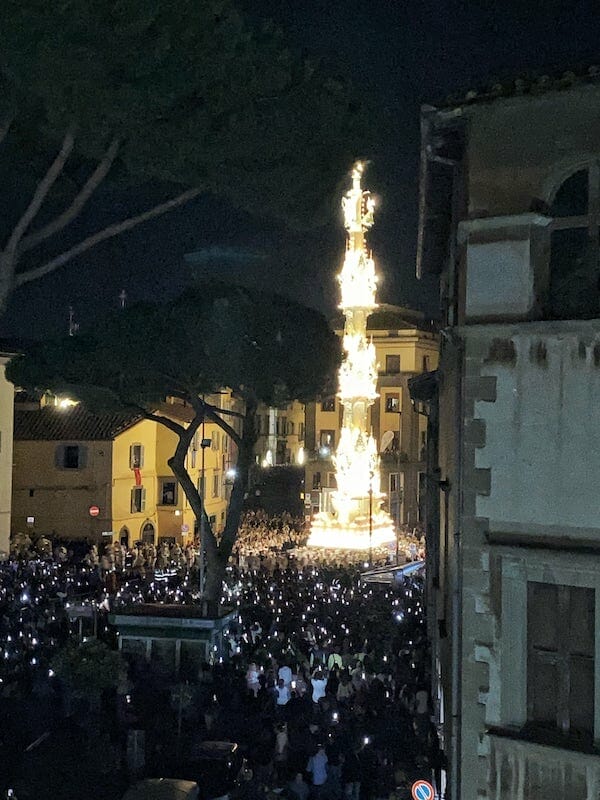
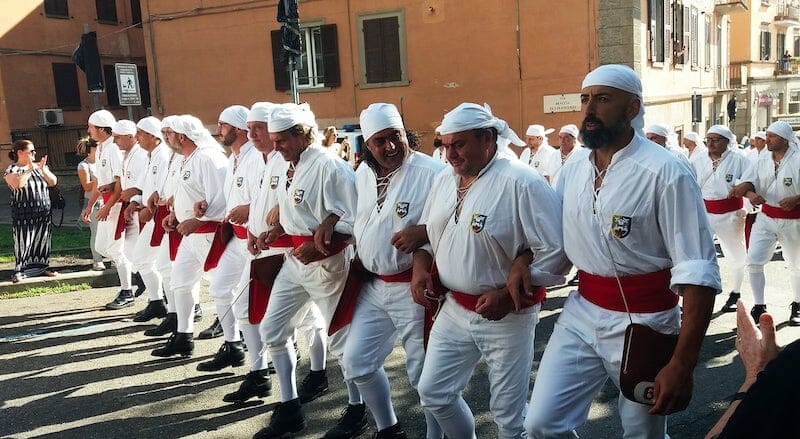
Italy has the most UNESCO sites in the world…
As of 2022, Italy has a whopping 58 UNESCO World Heritage Sites. Fifty-three of them are cultural, and five are natural. There are dozens under consideration, too. On top of that there are also 14 traditions in Italy that have been inscribed on the UNESCO Intangible Cultural Heritage list – one of them is the Macchina di Santa Rosa of Viterbo.
Some of these UNESCO-recognized sites include Pompeii, Villa d’Este, Su Nuraxi in Barumini (Sardinia) and the Amalfi Coast, to name just a few.
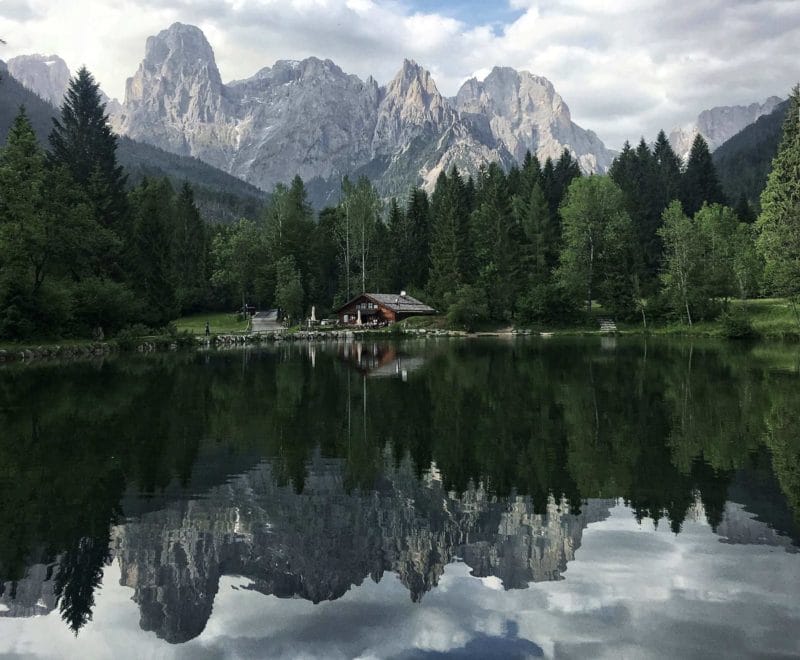

… And many mountains
A friend once asked me: do you have mountains in Italy? I passed out laughing, I think. Here’s one of the most basic facts about Italy you need to remember: Italy is a very mountainous country.
There are actually three main mountain ranges located in Italy: the Italian Alps, the Apennines and the Dolomites. There are many more smaller mountain ranges and peaks besides (for example the Gennargentu in Sardinia), forming the backdrop to the incredible landscape throughout the country.
The tallest mountain in Italy is Monte Bianco – also known in French as Mont Blanc (it borders both countries). It’s 4,808 meters (15,774 feet) above sea level.
Make sure to read my post The Best Hikes In The Dolomites.
There are many lovely Italian lakes
The Italian lakes comprise a group of bodies of water on the south side of the Alps. There are the famous ones, like Lake Garda and Lake Como, and Lake Maggiore to a lesser extent, but there are so many more. These include Lake Orta, Lake Varese, Lake Lugano, Lake Iseo, and Lake Idro.
These lakes haven’t just been made popular by vacationing Italians and celebrities in the 20th century – many of them have been getaway destinations for the wealthy since the Roman era.
But on top of these lakes, there are others scattered along the peninsula – for example, did you know that there are many lakes near Rome?
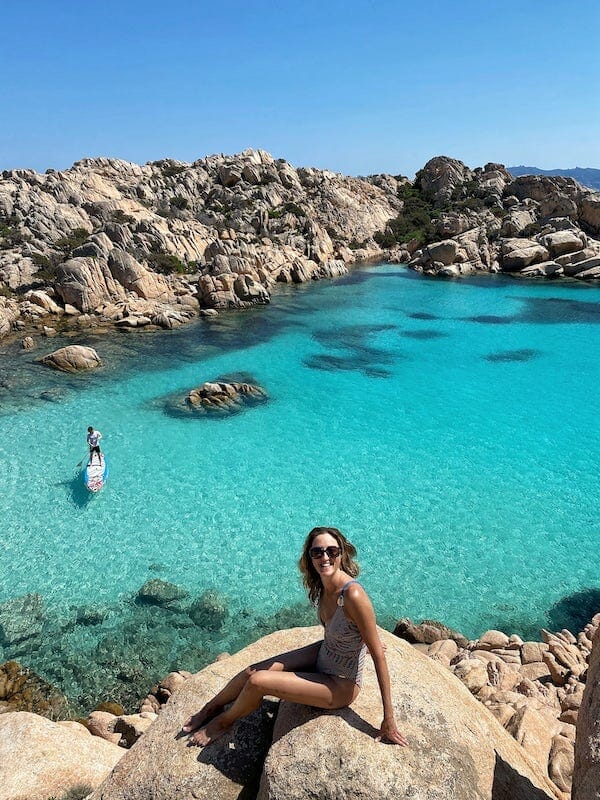
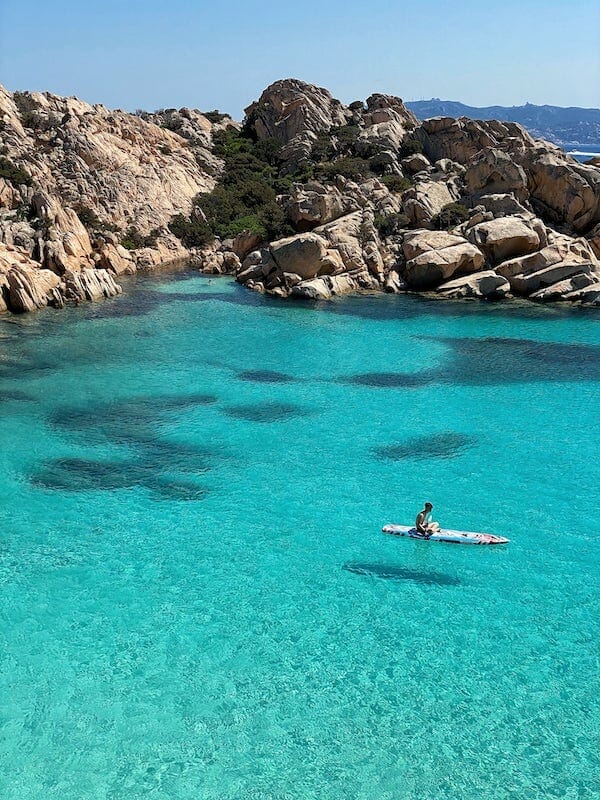
There are some incredible beaches…
One of the most important facts about Italy you need to make a note of in case you visit in the summer: we have great beaches.
Being a long peninsula that shoots right out into the Mediterranean, much of the nation is made up of coastline – and because of that, Italy is blessed with many beautiful beaches. However, some of the most beautiful beaches can be found in Sardinia – and I don’t just say this because I happen to be from Sardinia, by the way!
Here you’ll find stunning white-sand beaches, hidden away in places like the national park of La Maddalena, lapped by turquoise waters. If you’re a fan of beaches, Sardinia should definitely be on your Italy itinerary!
Check out my post 29 Best Beaches In Sardinia – Picked By A Local.
Oh, and active volcanoes
Here’s one of the most fun facts about Italy you likely didn’t know about: the country is home to the only volcanoes in mainland Europe that are still active. These are Mount Etna, Mount Stromboli and Mount Vesuvius.
Vesuvius, of course, is famous for causing the catastrophic destruction of Pompeii. It last erupted in 1944 – the most recent volcano to erupt in continental Europe.
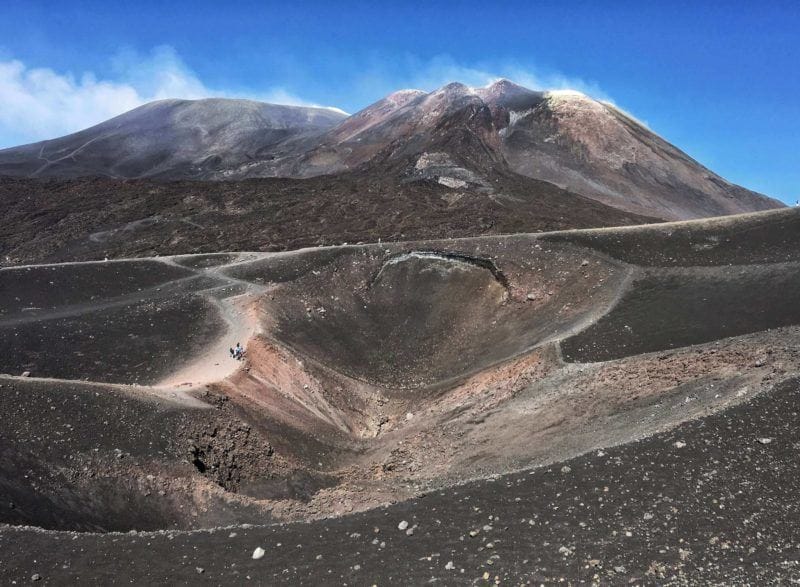
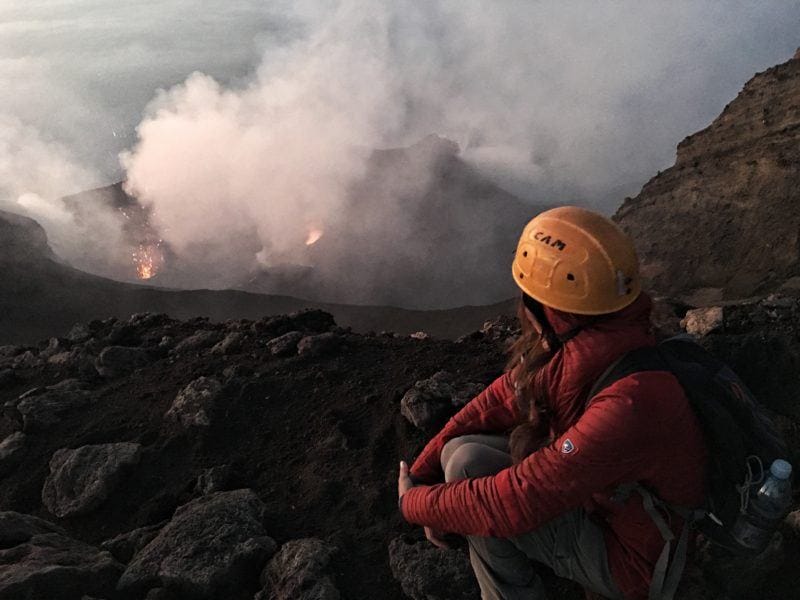
Italy is seismic!
With volcanoes comes seismic activity. With two of the world’s major tectonic plates meeting here – the Eurasian and African Plates – Italy is in a seismic zone and has always been a hotspot for earthquakes. It’s believed that in the last 2,500 years, Italy has been hit by over 30,000 earthquakes of medium and high intensity.
Historic records from the Romans onwards list a series of earthquakes that have forced people to flee their homes, destroyed ancient monuments and shaped the way people live. It’s also given Italy its beautiful scenery, fertile soil (for all that fresh produce), and even hot springs!
With all this seismic activity, you may even get to experience a small tremor during your trip. When I was last in Florence with my friend, the earth shook for a few seconds much to her surprise!
The Italian flag was inspired by Napoleon’s invasion
You may think the Italian flag has something to do with pizza, but that’s got nothing to do with it. The Tricolore of green, white, and red was adopted by Italy at its unification in 1861, but the first mention of the Italian Tricolore flag was sparked by the arrival of Napoleon on the Italian peninsula.
Whether it would be a green or blue stripe, however, was a source of contention, with some factions favoring blue.
The historic mention described a flag of three colors being hoisted atop the towers in the historic center of Piedmont. In the Sala del Tricolore, located at Reggio Emilia, you can see the first ever tricolore, dating from 1797.
You can drink tap water!
One of the fun facts about Italy you need to note down: Tap-water throughout Italy is totally safe for drinking. Not only is it safe to drink from taps in houses, but there are public water fountains in most Italian cities that people regularly use to fill up their water bottles. In Rome these are called nasone, of which there are 2,500 in the city!
Find out more in my post Is Tap Water In Rome Safe To Drink?
San Marino and the Vatican are NOT part of Italy
The Vatican City is usually described as being a part of Rome, but this isn’t the case at all. The Vatican is actually its own state entirely – it just happens to be found within the city of Rome.
San Marino, in the north of Italy, is not a city. This republic (the oldest and longest-lived republic in the world) managed to maintain its independence from its founding in the early 4th century.
Italians are all professional soccer players
Yes, Italy is football crazy. Soccer (or football, as some may say) is Italy’s most popular sport and various forms of the game have been played since ancient times, the earliest of which was called harpastum and was played during the days of the Roman Empire.
Football as it appears today, however, was an import from the UK. The Italian national team is supposed to be pretty good – they’ve won the World Cup four times as well as the Euros (twice) – but despite that didn’t even qualify for the last World Cup.
Having said that, with a very few exceptions we all love a soccer game here – at times, it’s more about socializing than the actual game.
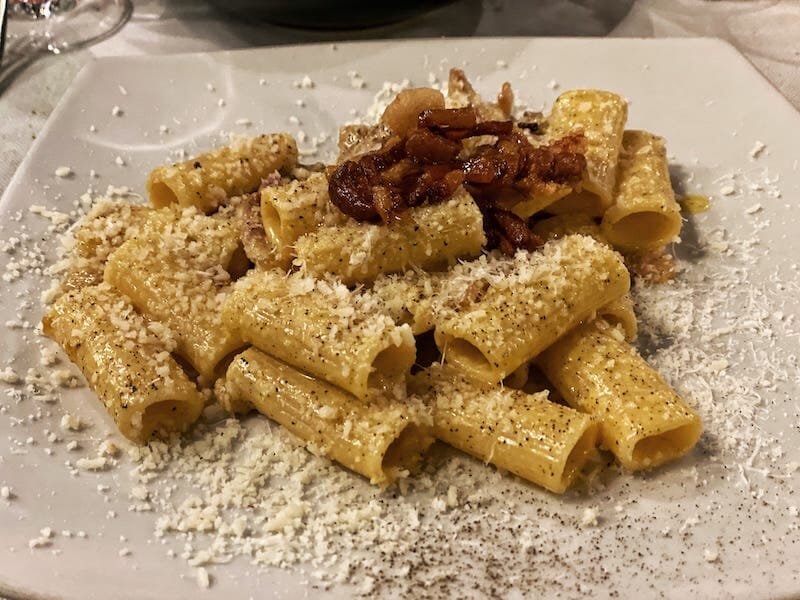

We take food seriously (and are food nazis)
One of the most fun facts about Italy you probably have realized long ago is that we are serious about food. We are food nazis – so much so that there even are social media channels dedicated to us (ie the famous Italians Mad At Food). Seriously though: Food is life for Italians. We may be awful cooks (count me among those), but we all have fine palates.
It’s not just a case of food being tasty – food has to be cooked the right way, with the right ingredients, and then eaten the right way. Otherwise, it’s just not proper and we get really upset (i.e. don’t cut your spaghetti or tagliatelle!).
Even within Italy there are places that Italians salivate over, like all the amazingly rich cuisine in Bologna (nickname: La Grassa or “The Fat”), for example, and some down-to-earth pizza in Naples. Oh and don’t get me started about Rome’s many delicious pasta dishes (my favorite is Carbonara).
Make sure to also read my post Traditional Italian Food: The Best Traditional Italian Dishes.
We may not be the best at languages, but we do speak English
We may not have the best reputation when it comes to fluency, but really, we do speak English! Generally, if you’re going to somewhere that people visit a lot – like Rome, Florence, and Milan – you’re going to find that a large portion of the population speak English very well.
It’s not widely spoken (around 34% of people in Italy speak English), but even if you can’t make yourself understood with words, you can always use your hands…
Yes, we really use our hands (and will always find a way to communicate)
It may seem like a stereotype, but Italians in fact do use their hands when talking. We just can’t help it. This gesticulation in Italian has its own Wikipedia page, describing hand gestures as a form of expression and non-verbal communication.
From everyday conversations to haggling in markets – hand gestures go with words at all times.
Research shows that ancient Greeks used hand gestures which were then passed on via colonies along the Mediterranean coast to Italians. Today there are around 250 hand gestures that have been recognized in everyday conversation in Italian.
This is to say: if all else fails, use your hands to communicate when in Italy. I am sure you won’t have troubles getting yourself understood.
Want to practice your Italian while in Italy? Then read my posts The Most Useful Basic Phrases In Italian For Tourists and 20 Useful Tips For Learning A New Language.
There’s more than just Chianti wine!
Must-know facts about Italy: we love our wine. In fact, there’s a whole lot of wine in Italy and in fact, Italy is the world’s largest producer of wine, accounting 19% of all global production.
You may think we have the Romans – who planted extensive vineyards in the 2nd century – to thank for that, but long before this the Etruscans and colonizing Greeks produced wine in Italy.
The Romans did, however, greatly impact the process of wine making and viticulture, mainly with its production and storage. Each and every region in Italy produces wine, and there are many different types of wine, from the dark red Montepulciano to the light and fizzy Prosecco, from the world famous Chianti of Tuscany to the rich Cannonau of Sardinia, you’ll be bound to find one you like!
Italy has the longest life expectancy in Europe
Italians have the longest life expectancy in Europe according to the World Health Organization (WHO). The life expectancy is actually the sixth-highest in the world, but it’s in Sardinia where the longest lives are lived.
In fact, some parts of Sardinia became famous for being “Blue Zones” – places with a high proportion of people living beyond the age of 100. Research shows that the reason for such long lives is found in the quality of life, including climate, outlook, social connections and diet.
Curious to see why Sardinians live so long? Read my post Sardinia Blue Zone: What Makes The Island So Longevous?
Shakespeare was obsessed with Italy
At least, it seems like he was. The nation helped to shape many of the Bard’s back catalog of plots and the atmosphere of his storytelling, with around a third of all his plays set in or partly in Italy. From Merchant of Venice (obviously), and the fateful Julius Caesar, to the setting of Verona in Romeo and Juliet, it appears everywhere.
Shakespeare is believed to have used the Italian peninsula as a setting not just because it was “exotic” compared to England – in fact, by using Italy as a backdrop, with Italian characters, Shakespeare could make social commentary without offending anyone in England. He never went to Italy, after all, so his observations are of his own country!
Christopher Columbus was Italian
Though he worked under the Spanish crown, Christopher Columbus was in fact not Spanish. It is widely believed that he was born in Genoa as Cristoforo Colombo. As well as being Spanish, there is also a theory that Christopher Columbus hailed from Poland.
Italy is a founding member of the EU and NATO
Finally, one of the facts about Italy that at times even Italians seem to forget: Italy, alongside France, Netherlands, West Germany, Luxembourg and Belgium, was a founding member of the European Union (EU) on the 1st January, 1958.
Then there’s NATO (North Alliance Treaty Organization). Italy has been a member of NATO since the day of its founding on 4th April, 1949. The treaty was signed by the USA, UK and other European nations including Portugal, Iceland and Denmark.

